One important place to start caring for the Earth is right in the classroom, which is why Earth Day is such an important event to include in your lesson planning. You’ve probably heard the saying ‘Earth Day is every day’ at some point, but let’s face it: If we are ever going to make that true, it takes getting the youngest generation involved!
With the official Earth Day slated for April 22, there are plenty of ways to get your classroom full of kids excited about being good stewards of our planet. We’ve pulled together some of the Teach Starter teacher team’s favourite Earth Day activities for kids and ways to carry through on the Earth Day theme, plus some of the best ways to help kids connect to the earth and be more sustainable!
What Is the History of Earth Day?
Whether you’re incorporating Earth Day into science, social studies, or English lessons this year, talking about the history of Earth Day is ripe for discussion in the classroom. First celebrated on April 22 in 1970, the first Earth Day was founded by Wisconsin Senator Gaylord Nelson and organised by an activist named Denis Hayes. The message was clear: Young people care about our planet.
Of course, the Earth Day movement didn’t stop there. By the 1990s, it had gone global, and now more than 190 countries participate — from governments to private citizens, adults to kids.
Earth Day Activities for Kids
Make DIY Earth Day Lanterns
If you’re searching for an easy yet engaging craftivity, look no further. These Earth Day lanterns are a perfect activity to support your Earth Day lessons and a great opportunity to use recycled materials around the classroom.
To create these Earth lanterns, you’ll need the following materials:
- Plastic glasses
- Balloons to mould the Earth’s shape
- Green, blue and white tissue paper
- Watered-down glue
- Flameless candles
Start by cutting or tearing the coloured tissue paper into small pieces. Using the watered-down glue solution, layer the pieces onto the inflated balloon three times and leave them out to dry.
Once dry, let the air out of the balloon, and you have your paper lantern. Pop a flameless candle in each glass, place the lantern over the glass and watch your DIY Earth lanterns light up!
 Idea and image courtesy of Clare at @curious_columbus
Idea and image courtesy of Clare at @curious_columbus
Write to Your Local Leader
Take your cue from the ‘Planet vs. Plastics’ theme for Earth Day 2024, and direct older students to write persuasive letters to their local leaders asking them to anchor their local activities on investing in our planet and reducing plastic usage.
Collect the letters and mail them in one envelope to your local politician, and see if they respond. Many will, opening up discussions about the impact individual citizens can have — even kids — by being proactive and talking to their politicians.
Register Your Classroom Clean-up
Plan a clean-up activity at or near your school, and register it with the official Earth Day Clean-up List to access resources for your students and help them feel connected to the global movement.
Connect Your Class Clean-Up to Our Oceans
Planning a clean-up activity at or near your school to celebrate Earth Day? Picking up trash on the playground or at a local park teaches kids about responsibility and being good neighbours. But why not take the opportunity to discuss the impacts of trash on our planet’s oceans?
Teach a lesson on ocean pollution that touches on the impact of trash on the ocean ecosystem and the sources of trash in our oceans. For example, it’s estimated that more than three-quarters of the world’s ocean plastics enter the ocean via rivers and coastlines. Your students may be surprised to learn that no matter where they live — even in land-locked states — their trash could end up as marine debris if not disposed of properly!
Challenge students to think about solutions to reduce ocean pollution. Have them work in groups to create posters depicting ways to keep the ocean clean, such as recycling, reducing plastic use and participating in beach cleanups. Encourage kids to use creativity in their posters!
Plant Seedlings in Decomposable Materials
Planting seedlings is a classic Earth Day activity and a great way to teach students about trees’ vital role in our environment.
Kick things off by looking at the life cycle of a tree — Go through each piece of the life cycle with the students and explain what happens. For example, a seed is planted, the seed sprouts, etc.
This will feed right into a chance to start seedlings in newspaper cups or empty cardboard egg cartons — using items made from trees! Show the students the seedlings, and explain the process of planting a seedling. Demonstrate how to dig a hole, place the seedling in it, and cover it with soil. Explain the importance of watering a seedling regularly and providing it with enough sunlight.
You’ll get a chance to teach your students about decomposition and reusing materials simultaneously with this activity. The tree seedlings can be kept in the classroom for charting growth, then planted in a school garden or taken home for students to plant on their own.
Use our plant growth chart to help students track progress and a ‘producer, consumer, decomposer’ poster to explain the process of how the food chain works and how plants and animals depend on one another!
Learn about Biodiversity
Biodiversity is a hugely important topic, but it’s also pretty complicated (especially for little minds who find the world a pretty big place!). We get it! To give your students a brief introduction, print a Biodiversity Poster to post in the classroom.
Once you’ve taken a look at exactly what biodiversity is, your students will be ready to zoom in on some of the big issues. Add on the Critically Endangered Species Map and some Endangered Species Facts Cards to help your students explore endangered animals.
Animals that have been driven to extinction show just how delicate our world is. You can use this resource to discuss how society has negatively impacted animals and their habitats. This is a great place to start a discussion on what action can be taken to stop harming the world’s ecosystems.
Go to Earth School
Of course, you can always go to Earth School! A collaboration between TEDEd and the United Nations, Earth School invites your students to embark on a whole month of daily quests.
These adventures take you through real-world concepts, from the t-shirt-making process to how food reaches our plates. Help your students develop empathy and connect with nature with interactive resources, videos, quests, and activities.
See more free virtual excursions for your students!
Pledge to Become Wildlife Heroes
Take the pledge to become a wildlife hero. Once your students have been spurred to action, encourage them to commit to being a part of the solution. The printable Wildlife Hero Pledge is a great way for your students to come up with a tangible action that they can take, and they can be taken home to share with family members to spur the entire family into action.
Set Up Classroom Recycling
Did you know as much as 78 percent of school waste could be diverted from landfills if schools had recycling and composting plans in place? If you don’t already have one, now is the time to put plans into action with a classroom recycling centre.
This makes for a great student-led project. Have students research about recycling centers, what materials can be recycled and what items should not be put in the recycling bin. They can also research the benefits of recycling and how it can help the environment.
Students come up with a design for your class recycling center, or perhaps they can talk to the administration about setting one up for schoolwide use. They can create a sketch or a blueprint that shows what materials they will need and where everything will be placed. Depending on the available resources, the recycling centre can be as simple or elaborate as the students want.
Set up posters on your bins to remind students where to put recycling and where to put actual trash.
Design a Garden
A Garden Design Project is perfectly suited for upper years students and brings in maths and design skills, as well as creative thinking. For more advanced learners, take a look at the Develop a Habitat – Garden Project.
This ties into your other lessons as an opportunity to contribute to the biodiversity of the school grounds by creating a brand-new habitat for plants and animals.
Write Poems About the Earth
Doing a poetry unit for April? So combine the two for a meaningful writing activity in the class by writing Earth Day acrostics!
Share What They Have Learned
Encourage students to demonstrate their new knowledge of different habitats and endangered animals by making a diorama of different habitats, featuring a variety of animals and plants. Students can then present their dioramas to the class, along with information about the unique ecosystems they’ve chosen!






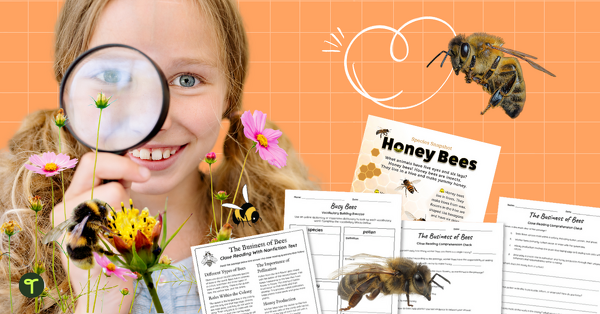
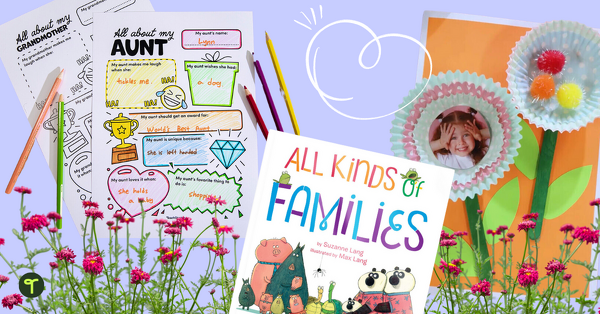
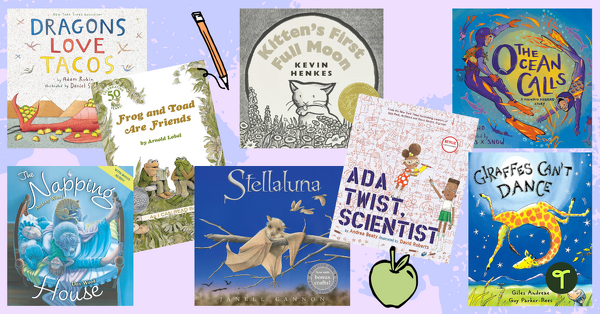
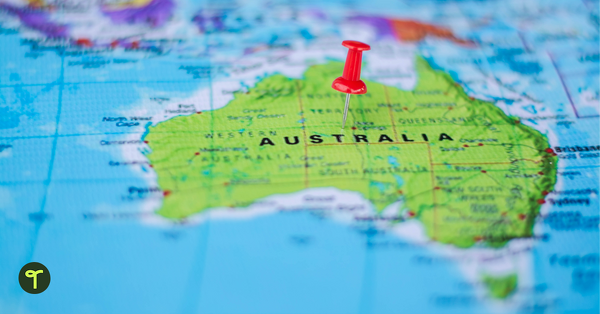
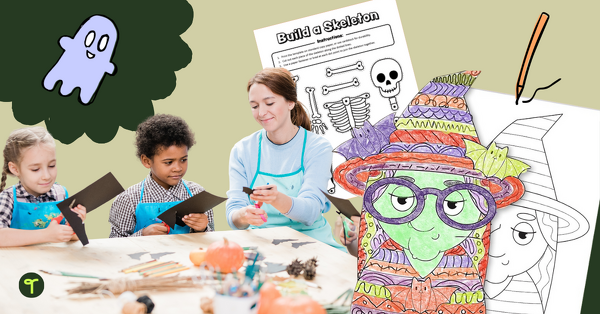
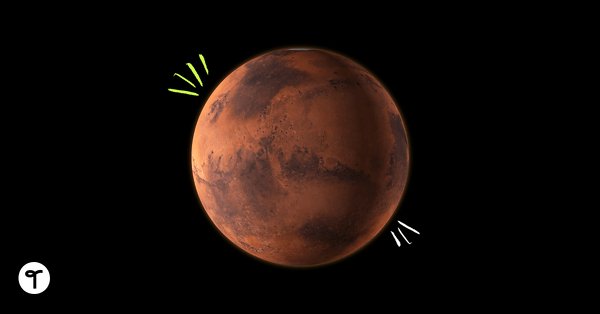
Comments